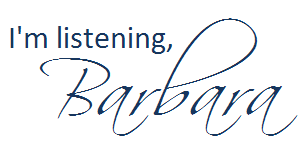 In the public relations courses that I’ve taught over the years, it seems as though one of the biggest struggles for the students is writing using Associated Press style.
In the public relations courses that I’ve taught over the years, it seems as though one of the biggest struggles for the students is writing using Associated Press style.
Why is learning AP style so important? PR practitioner Sandra Hernandez offers this:
PR writers really need to know the things that make them effective. I learned to write in AP in college, because it was necessary to pass the class. I continued to write in AP because I found that what I send to media had a better response rate when written in AP.
To help students learn more about AP style, I sought feedback from a variety of public relations practitioners and faculty members, trying to come up with a list of what PR writers REALLY need to know (cold, without even looking in the AP Stylebook) about AP style.
The most helpful advice came from colleagues on PR OpenMic, a social network for PR students, faculty and practitioners. (See the individual responses I received in the PR OpenMic PR Writing Discussion Forum.) Additional helpful advice came from colleagues on Twitter, including Kristie Aylett and Claire Celsi.
The most important (and sometimes confusing) parts of AP Style for PR writers are:
- dates (especially when to abbreviate)
- addresses (especially when to abbreviate)
- names (when to use titles, etc.)
- numerals (when to spell out, when to use digits)
- datelines (which cities need to be identified with their states)
Many PR writers can also benefit from brushing up on standard grammar. My favorite site for general grammar advice is Mignon Fogarty’s Grammar Girl. Consider subscribing to Grammar Girl’s podcast through iTunes.
Additionally, I found several websites that help my students with AP Style see my Delicious bookmarks on AP style, and I posted a Quick Guide to Associated Press Style.








 In the public relations courses that I’ve taught over the years, it seems as though one of the biggest struggles for the students is writing using
In the public relations courses that I’ve taught over the years, it seems as though one of the biggest struggles for the students is writing using 
